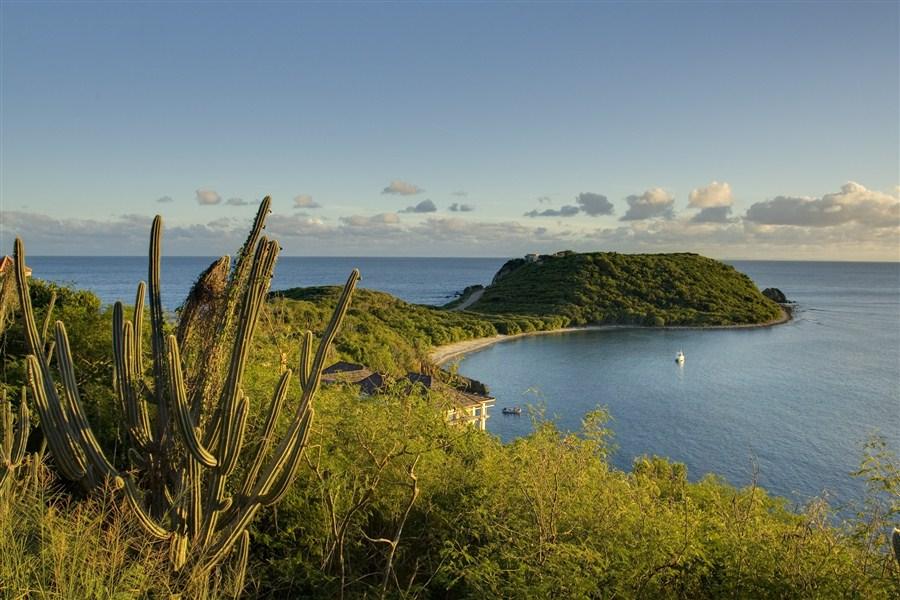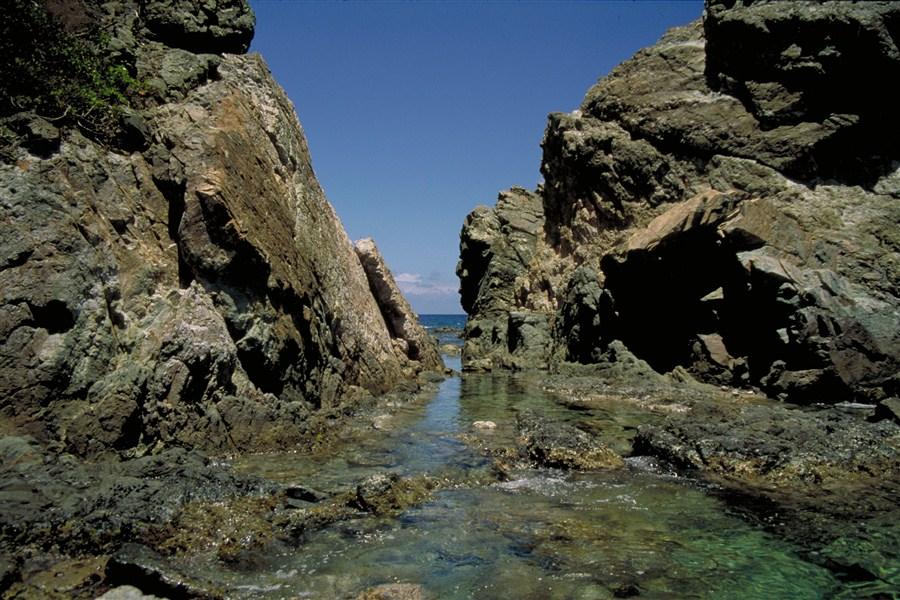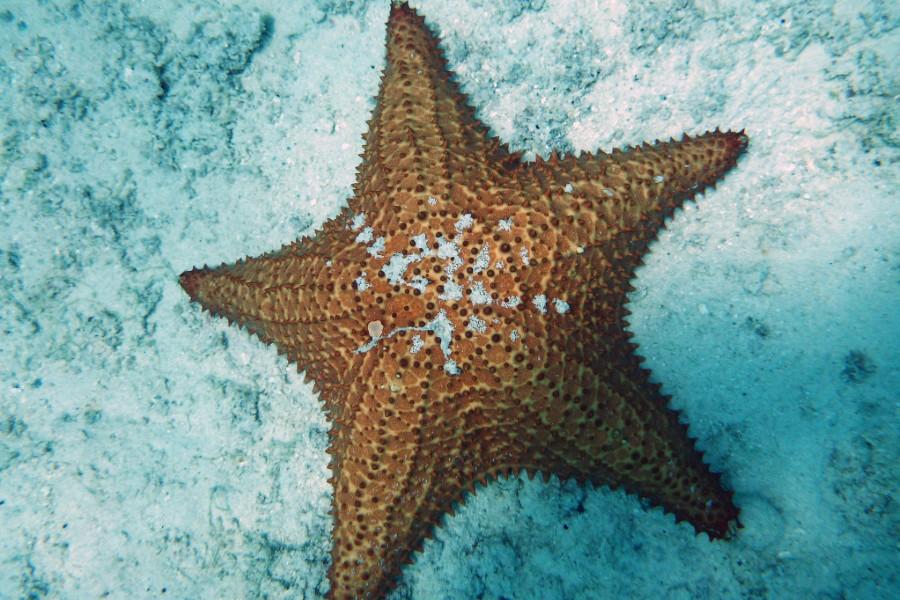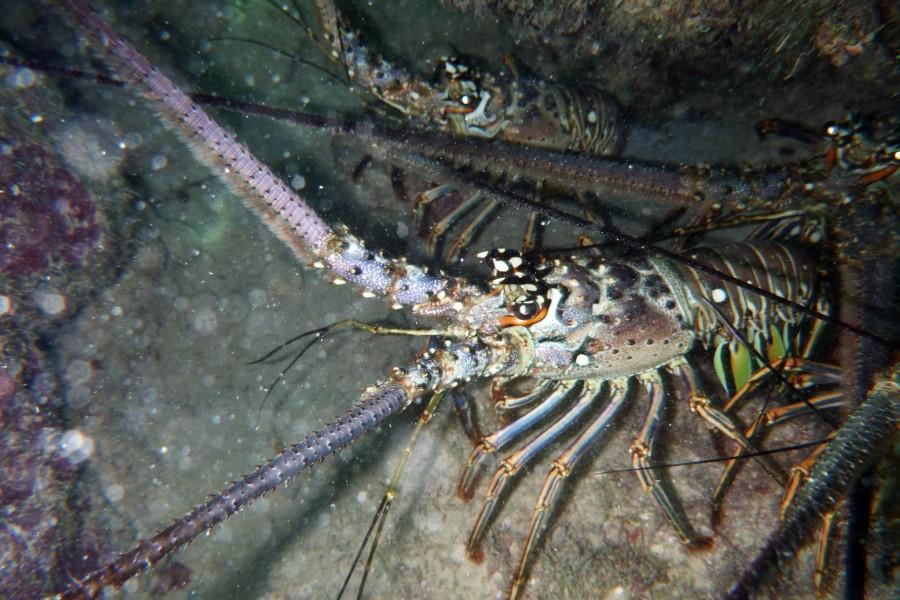Ditleff Beach is a small protected bay with a stretch of shoreline consisting of sand and broken-up pieces of coral. Hurricane Marilyn brought back the sand that Hurricane Hugo took away, and a new layer of sand extended past the vegetation line.
One can now relax in soft sand and still enjoy the shade produced by the Maho and seagrape trees that line the beach.

How To Get To Ditleff Point
If you’re arriving by boat, Ditleff Beach lies on the eastern side of Rendezvous Bay, about halfway to the Ditleff Point headland. Experienced snorkelers can access Ditleff Point by snorkeling from Klein Bay.
The land access to the beach is a story in itself. While the coastlines and beaches of the US Virgin Islands are public domain, the question of land access has not been formalized.
Historically, land access to Ditleff beach goes back to the first inhabitants of St. John. They had a settlement there some two thousand years ago, attested to by the finding of prehistoric artifacts uncovered in the area.
Poor whites and freed slaves lived here during colonial times. During subsistence farming days, a family lived in a house whose foundation still exists, lying just inland from the southern end of the beach.
After that, Ditleff Beach was used primarily as access to the sea for fishing and the gathering of whelk and conch, as well as recreationally for swimming, snorkeling, diving, and fishing. Original trails were replaced by a bulldozed road, which, for many years, St. Johnians and visitors used as access to the coastlines.
A Coastal Walk
From the beach, it’s possible to walk along the shore toward a dramatic rocky point. An extensive fringing reef protects the coast and beach from the action of southeasterly swells coming in from the Caribbean. This shallow reef also creates a series of small tide pools. You can often observe small fish and crustaceans within this miniature marine environment.
Further south along the coast, there is a narrow passage. Between the peninsula are some large offshore rock formations where small fish and marine creatures can be observed.

Snorkeling At Ditleff Point
The sand and coral beach on the western side of Ditleff Point offers fine snorkeling for those of all levels of experience. The water near the shore is shallow and deepens gradually, providing an easy entry over sand and seagrass.
Beginners can stay in the shallow, grassy area just offshore or snorkel along the fringing reefs located on either side of the beach. Much of the coral is in good condition and colorful. There are many small fish to observe around and under the coral heads.
The grassy area just off the beach is a habitat for turtles, squid, rays, and starfish. If you see piles of shells around the coral reef, look for an octopus in nearby holes or crevices.

Those willing to venture out a little further can explore the undersea grasslands of Rendezvous Bay. There are acres of grasslands in the Ditleff Point and Rendezvous Bay areas found in about 15 feet of water.
Although the basic environment does not change much, if you snorkel this area long enough (about 10-15 minutes), you begin to see the interesting animals that frequent the seagrass meadows.
There are many green sea turtles here. The larger ones might be accompanied by remora, who attach themselves to large sea creatures such as turtles and sharks.
Also commonly seen here are rays. The southern stingray is dark gray in color, and it is often accompanied by a jack, who swims just above the ray. There are also at least two large, impressive, and graceful spotted eagle rays.
They are black with white spots, have a defined head and a long thin tail. You might also find conch, starfish, and squid. During the night, lobster and octopus come out of the reef and frequent the grasslands in search of food.
One of the most exciting snorkeling areas on St. John can be found on the seaward side of the fringing reef, south of the beach. Beginning about halfway between the beach and the southern tip of the point is a series of incredibly beautiful ledges formed by the outcropping of the coral.
The base of the reef is in about 15 feet of water. The ceiling of the ledge ranges from about three to six feet and extends laterally approximately the same distance. To appreciate this area, you must be able to dive down to the bottom and still have enough breath to explore under the ledge.

This is a unique and fascinating environment, combining the color and beauty of the various corals and sponges with an abundance of marine life that is attracted to the shelter of the ledge.
The rocky area at the end of the peninsula can be explored when the seas are calm, and there is a minimum of surf breaking over the shallow reef. This exciting area is only recommended for the experienced, confident, and physically fit snorkeler.
Around and between the huge rocks are channels, arches, underwater canyons, chambers, tunnels, and painted walls. As you will be in relatively open and unsheltered water, you will get to see bigger fish than those commonly found closer to shore.
